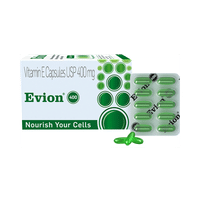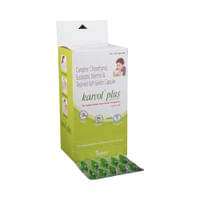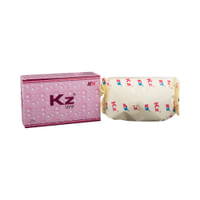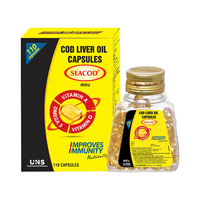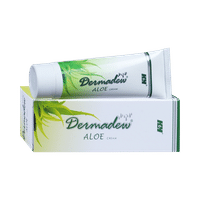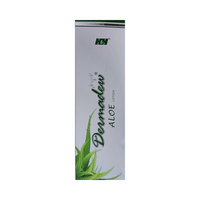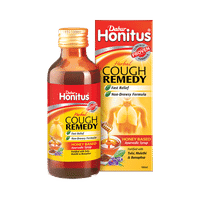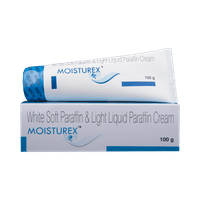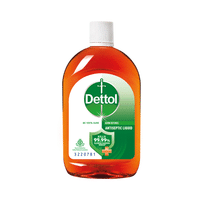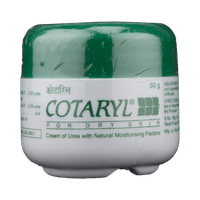Naphacare Eye Drop
food interaction for Naphacare
alcohol interaction for Naphacare
pregnancy interaction for Naphacare
lactation interaction for Naphacare
food
alcohol
pregnancy
lactation
No interaction found/established
No interaction found/established
Information regarding the use of Naphacare Eye Drop during pregnancy is not available. Please consult your doctor.
CONSULT YOUR DOCTOR
Information regarding the use of Naphacare Eye Drop during breastfeeding is not available. Please consult your doctor.
CONSULT YOUR DOCTOR
SALT INFORMATION FOR Naphacare
Camphor(0.01% w/v)
Uses
Camphor is used in the treatment of itching and dermatitis.
How it works
Camphor belongs to the class of medicines called rubefacients/antitussives. When applied to the skin, it increases blood flow and local temperature of the affected area which suppresses and temporarily relieves pain sensations. It also eases cough, nasal/throat irritation by moistening air passages when used along with steam.
Common side effects
Skin irritation, Hypersensitivity, Irritation of ear, Allergic skin rash
Menthol(0.005% w/v)
Uses
Menthol is used in the treatment of throat irritation.
How it works
Menthol works by producing a mild anesthetic action causing numbness and a cooling sensation in the area of application.
Common side effects
Phenylephrine(0.012% w/v)
Uses
Phenylephrine is used in common cold.
How it works
Phenylephrine is a decongestant. It works by narrowing the small blood vessels which provides temporary relief from inflammation (redness and swelling) and discomfort.
Common side effects
Nausea, Vomiting, Headache, High blood pressure, Arrhythmia (irregular heartbeats), Blurred vision, Breathlessness, Itching, Restlessness, Reflex bradycardia, Excitation, Epigastric pain, Neck pain, Tremors, Hypertensive crisis, Eye pain, Stinging in the eyes, Photophobia, Conjunctival sensitivity, Preterm and low birth weight infants, Fainting, Myocardial infarction, Subarachnoid hemorrhage
Carboxymethylcellulose(0.5% w/v)
Uses
Carboxymethylcellulose is used in the treatment of dry eyes. It is used as a lubricant to relive irritation and discomfort due to dryness of the eyes or due to exposure of the eyes to wind or sun.
How it works
Carboxymethylcellulose is a lubricant. It works similar to natural tears and provides temporary relief from burning and discomfort due to dryness of the eye.
Common side effects
Eye irritation, Eye itching, Eye pain, Visual disturbance, Eye discharge, Increased lacrimation, Hypersensitivity, Ocular hyperemia, Corneal injury, Corneal abrasion
Naphazoline(0.05% w/v)
Uses
Naphazoline is used in eye Irritation. It soothes eyes which have been irritated by dusty atmospheres, wind, swimming, smoke, air pollutants, or close work such as reading and computer use.
How it works
Naphazoline narrows the blood vessels in the eye, thereby reducing redness and swelling.
Common side effects
Dilatation of pupil, Headache, Dizziness, Blurred vision, Increased intraocular pressure, Weakness, Arrhythmia (irregular heartbeats), Nausea, High blood pressure, Eye redness, Eye irritation, Eye discomfort, Punctate keratitis, Lacrimation (flow of tears), Sweating, Nervousness, Drowsiness, Increased glucose level in blood
SUBSTITUTES FOR Naphacare
1 Substitutes
1 Substitutes
Sorted By
 Rs. 82save 25% more per ml of Eye Drop
Rs. 82save 25% more per ml of Eye Drop
Expert advice FOR Naphacare
- Camphor helps relieve skin itching, inflammation, and pain.
- It may also be used to relieve cough and chest congestion.
- Do not use it on broken or injured skin as the body could absorb too much amount causing toxicity.
- Do not use it if you are pregnant or breastfeeding.
- It should never be taken orally as this can cause serious side effects.
Frequently asked questions FOR Naphacare
Camphor
Q. Is Camphor edible?
Edible Camphor is different from the chemically made Camphor. Camphor used in cooking is ‘edible Camphor'
Q. Is Camphor poisonous?
Yes, if Camphor is applied to broken skin, it can enter the body quickly and reach concentrations that are high enough to cause poisoning. Overdose of Camphor can result in poisoning.
Q. Is Camphor saturated or unsaturated?
Camphor is unsaturated
Menthol
Phenylephrine
Q. Is it safe to use Phenylephrine?
Yes, Phenylephrine is safe for most of the patients. However, in some patients, it may cause side effects like nausea, vomiting, headache, fatigue, dizziness, dryness in the mouth, sleepiness and allergic reaction. If you experience any persistent problem while taking this medication, inform your doctor as soon as possible.
Q. Can the use of Phenylephrine cause dizziness?
Yes, the use of Phenylephrine can cause dizziness (feeling faint, weak, unsteady or lightheaded) in some patients. If you feel dizzy or lightheaded, it is better to rest for sometime and resume once you feel better. Do not drive or use any machines. Consult your doctor if the side effect persist or worsen.
Q. Can the use of Phenylephrine cause nausea and vomiting?
Yes, the use of Phenylephrine can cause nausea and vomiting. To avoid nausea one can take Phenylephrine with milk, food or with antacids. If vomiting occurs, drink plenty of water or other fluids. Talk to your doctor if vomiting persists. You should let your doctor know if you are unable to drink water and there are signs of dehydration, like dark colored and strong-smelling urine and a low frequency of urination. Avoid taking fatty or fried foods along with this medication. Do not take any other medicine without consulting your doctor.
Carboxymethylcellulose
Q. What is Carboxymethylcellulose used for?
Carboxymethylcellulose is an artificial substitute for tears. It is used as a lubricant for dry eyes. It is also used for the temporary relief of burning, irritation and/or discomfort due to dryness of eyes. Moreover, it is used to lubricate and re-wet soft and rigid gas permeable contact lenses. It is also indicated to relieve dryness, irritation and discomfort that may be associated with lens wear.
Q. What are the side effects of Carboxymethylcellulose?
You may experience visual disturbances and eye discharge while using this medicine. Some other side effects of this medicine include redness of the eye, eye irritation, burning and discomfort, eyelid swelling and itching of the eye. If any of these side effects bother you, please consult your doctor.
Q. How should Carboxymethylcellulose be stored?
Store at or below 25°C and out of the reach of children. Do not touch the tip of the container to any surface or eye(s). Replace the cap after every use. Remember not to use the eye drops after the expiry date or after 30 days of opening it.
Naphazoline
Q. Is Naphazoline safe?
Naphazoline is safe if taken at prescribed dose and duration as advised by your doctor.













